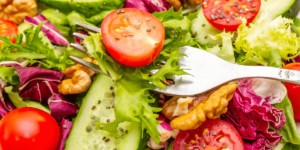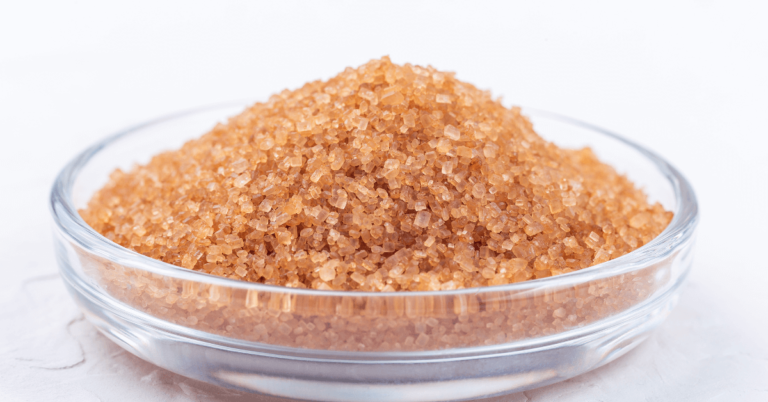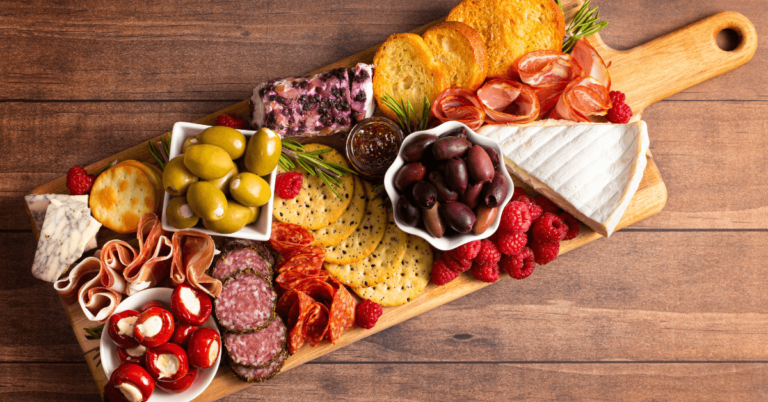Introduction
Cooking for Vegetarian ! If you’re wondering about what to cook for someone who is a vegetarian, you’re in the right place. Let’s dive into understanding vegetarian diets and discover why it’s important to cook for vegetarians.
Understanding Vegetarian Diets
What does being a vegetarian mean? It’s simple: vegetarians don’t eat meat, fish, or poultry. But there’s more to it! They enjoy lots of fruits, vegetables, grains, nuts, and seeds. Some vegetarians eat dairy and eggs, while others stick to only plants. Knowing this helps us cook meals that suit their diet.
Importance of Cooking Vegetarian
Cooking for vegetarians is more than just leaving out meat. It’s about making meals that are both tasty and respectful of their choices. It’s also a chance to try new ingredients and recipes. Plus, vegetarian dishes are often healthy, full of nutrients, and low in fats. So, cooking for vegetarians is good for everyone, making meal times fun and healthy!
Understanding Different Types of Vegetarian Diets
Diving into vegetarianism is like exploring a garden with different sections. Each type of vegetarian diet has its unique characteristics. Let’s walk through this garden, exploring the different types of vegetarian diets.
Lacto-ovo-vegetarians
First, meet the lacto-ovo-vegetarians. It’s a bit of a mouthful, but it’s simple really. These folks eat both dairy products (that’s the “lacto” part) and eggs (that’s the “ovo” bit). So, cheese, yogurt, and omelets are all on the menu for them. They avoid meat, fish, and poultry, though. Think of them as enjoying a bit of animal products but not the animals themselves.
Lacto-vegetarians
Next up are the lacto-vegetarians. They’re similar to lacto-ovo-vegetarians but with a small twist: they say yes to dairy but no to eggs. So, bring on the cheese and yogurt, but keep the eggs away. Like their lacto-ovo cousins, they don’t eat meat, fish, or poultry. Their diet is a mix of plant-based foods with a dash of dairy.
Ovo-vegetarians
Then we have the ovo-vegetarians. These folks are all about the eggs but skip dairy. It’s the opposite of lacto-vegetarians. They’re okay with egg-based foods like scrambled eggs or cakes but say no to dairy products like milk or cheese. And, of course, no meat, fish, or poultry for them either.
Vegans
Last but not least, we have the vegans. Vegans stick strictly to plant-based foods. No dairy, no eggs, and definitely no meat, fish, or poultry. They fill their plates with fruits, veggies, grains, nuts, and seeds. Think of them as the pure plant lovers of the vegetarian world.
Each type of vegetarian diet has its own rules, but they all share a love for plant-based foods. Knowing these differences helps us cook meals that are just right for each vegetarian friend or family member.

Nutritional of Cooking for Vegetarian
When cooking for vegetarians, it’s not just about flavor – it’s also about making sure the food is nutritious. Let’s look at the key nutrients vegetarians need and where to find them.
Protein Sources
“Where do vegetarians get their protein?” It’s a common question! Meat might be off the menu, but there are plenty of plant-based protein heroes. Beans, lentils, tofu, and chickpeas are great sources. They can be turned into delicious burgers, stews, or stir-fries. Quinoa and nuts are also protein-packed and perfect for adding a crunchy twist to salads or snacks. So, when thinking about protein, think beyond meat – the plant world has got it covered!
Essential Vitamins and Minerals
Vitamins and minerals are vital, and vegetarians need to be a bit more mindful about getting them. Iron, found in leafy greens like spinach and kale, is super important. So is vitamin B12, which can be a bit trickier to find in plant-based foods. Fortified cereals or plant milks can be great sources. Calcium is another key player for strong bones. It’s not just in dairy – you can find it in broccoli, almonds, and fortified plant milks too. Don’t forget about Omega-3s, which are often linked with fish. Flaxseeds, chia seeds, and walnuts are fantastic plant-based Omega-3 sources.
Keeping these nutritional points in mind helps us create balanced, healthy meals for our vegetarian friends. It’s all about variety and making sure those essential nutrients are on the plate.
Recipe Ideas of Vegetarian Cuisine
Now that we understand the basics of vegetarian diets and nutrition, let’s dive into the exciting part – the recipes! From starters to desserts, there’s a whole world of vegetarian dishes waiting to be explored.
Starters and Appetizers
Let’s kick things off with some appetizers. How about some crispy vegetable spring rolls filled with cabbage, carrots, and bean sprouts? Or maybe some creamy avocado and chickpea hummus, perfect with some warm pita bread. For something a bit different, try stuffed mushrooms – fill them with a mix of breadcrumbs, herbs, and a bit of cheese (if you’re not cooking for vegans). These starters are not only tasty but also easy to whip up!
Main Courses
Moving on to the main courses, the options are endless. A classic is the hearty vegetarian chili, packed with beans, tomatoes, and spices – it’s a crowd-pleaser. For pasta lovers, a creamy mushroom and spinach fettuccine can be a great choice. And if you’re in the mood for something Asian-inspired, a tofu stir-fry with a rainbow of veggies and a splash of soy sauce hits the spot. These dishes are filling, nutritious, and sure to satisfy any appetite.
Desserts
Let’s not forget about desserts! For those with a sweet tooth, a vegan chocolate avocado mousse can be a delightful surprise – it’s creamy, rich, and totally dairy-free. Fruit salads with a drizzle of honey (or maple syrup for vegans) and a sprinkle of toasted nuts offer a lighter option. And for a classic, how about some apple crisp with a crunchy oat topping? Desserts like these are the perfect end to a vegetarian feast.
With these recipe ideas, you’re all set to impress with a variety of vegetarian dishes that are as delicious as they are nutritious. Happy cooking!
Cooking Tips
Cooking vegetarian meals is an adventure in flavors and creativity. To make sure your dishes are as delicious as they are nutritious, here are some essential cooking tips focusing on enhancing flavors and substituting ingredients.
Flavor Enhancement
Let’s spice things up! When cooking vegetarian, herbs and spices are your best friends. They add a burst of flavor without the need for meat. Try using basil, oregano, cumin, or coriander to give dishes a flavorful kick. Don’t forget about garlic and onions; they can transform a simple dish into something extraordinary. Roasting or caramelizing vegetables also brings out their natural sweetness, adding depth to your meal. And for that umami flavor often missed in vegetarian dishes, a splash of soy sauce or a sprinkle of nutritional yeast can work wonders.
Ingredient Substitutions
Substituting ingredients is key in vegetarian cooking. Missing the meaty texture? Try using mushrooms or eggplants; they provide a similar hearty feel. If a recipe calls for chicken broth, vegetable broth is an easy swap. For baking, applesauce or mashed bananas can replace eggs in many recipes. And if you’re cooking for vegans, dairy can be substituted with plant-based milks and vegan cheese. The trick is to be open to experimentation – often, you’ll discover new flavors and textures that make the dish even better.
By keeping these tips in mind, you’ll be able to cook up vegetarian meals that are not just healthy but also full of flavor and variety. Happy cooking!
Cultural and Seasonal Variations
Vegetarian cooking is full of flavors from around the world and from different seasons. Let’s see how using seasonal ingredients and trying dishes from various cultures can make vegetarian meals more exciting.
Seasonal Ingredients
Using what’s in season makes your food taste better and helps the planet too. In spring, use fresh greens like asparagus and peas. Summer is great for tomatoes and berries. When it’s fall, go for pumpkins and apples. In winter, root veggies and citrus fruits are perfect. Cooking with the seasons keeps your meals fresh and fun.
Cultural Dishes
Vegetarian dishes from around the world are tasty and diverse. You could try an Indian lentil dal, full of spices, or a crispy Middle Eastern falafel. Italian cooking has lots of vegetarian pasta and pizza. Mexican food? Think vegetarian tacos and enchiladas. Exploring these dishes takes your taste buds on a world tour, all while sticking to vegetarian ingredients.
Cooking with seasonal produce and trying dishes from different cultures makes vegetarian meals exciting and varied. It’s a great way to enjoy fresh flavors and learn about food from all over the world.
Conclusion of Cooking for Vegetarian
We’ve explored the exciting world of vegetarian cooking together. Now, let’s wrap up what we’ve learned and get inspired to cook delicious vegetarian meals.
Summary
Vegetarian cooking is more than just leaving out meat. It’s about enjoying a variety of tastes and healthy ingredients. We’ve looked at different vegetarian diets like lacto-ovo, lacto, ovo, and vegan. We’ve also talked about important nutrients like protein and vitamins. There were fun recipe ideas for starters, main courses, and desserts, plus tips on adding flavor and making ingredient swaps. We even discovered how seasonal and cultural foods can make vegetarian meals exciting.
Encouraging Cooking for Vegetarian
Cooking vegetarian meals is a great way to try new things in the kitchen. It’s not just nice for those who eat vegetarian; it’s also a chance to be creative and make meals that are good for health and the planet. Remember, every vegetarian dish you make adds variety to your cooking and helps the environment. So, have fun with vegetarian cooking – it’s tasty, healthy, and good for the world!
FAQs of Cooking for Vegetarian
What are some protein-rich ingredients for vegetarian meals?
Answer: Lots! Think beans (like lentils and chickpeas), tofu, tempeh, quinoa, nuts, and seeds. They’re all packed with protein.
How can I substitute eggs in baking for a vegetarian diet?
Answer: Easy swaps! Use a quarter cup of applesauce or mashed banana for each egg. Or mix one tablespoon of ground flax or chia seeds with three tablespoons of water and wait until it gets jelly-like.
Are there vegetarian options for traditional meat dishes?
Answer: Yes, definitely. Use lentils or mushrooms instead of ground beef. Seitan is great for a chicken or beef texture. Tofu is super for soaking up flavors in any recipe.
How can I ensure a balanced vegetarian meal?
Answer: Mix it up! Add a protein source (like beans or tofu), whole grains (brown rice or whole wheat pasta), lots of veggies and fruits, and a bit of healthy fat (think avocado or olive oil).
What are some quick vegetarian meal ideas for busy weekdays?
Answer: Stir-fries with tofu and veggies are quick. Wraps with hummus and veggies are great for on-the-go. Quick pasta with tomato sauce and veggies is always good. Hearty salads with greens, beans or cheese, and some nuts or seeds are fast and filling.






